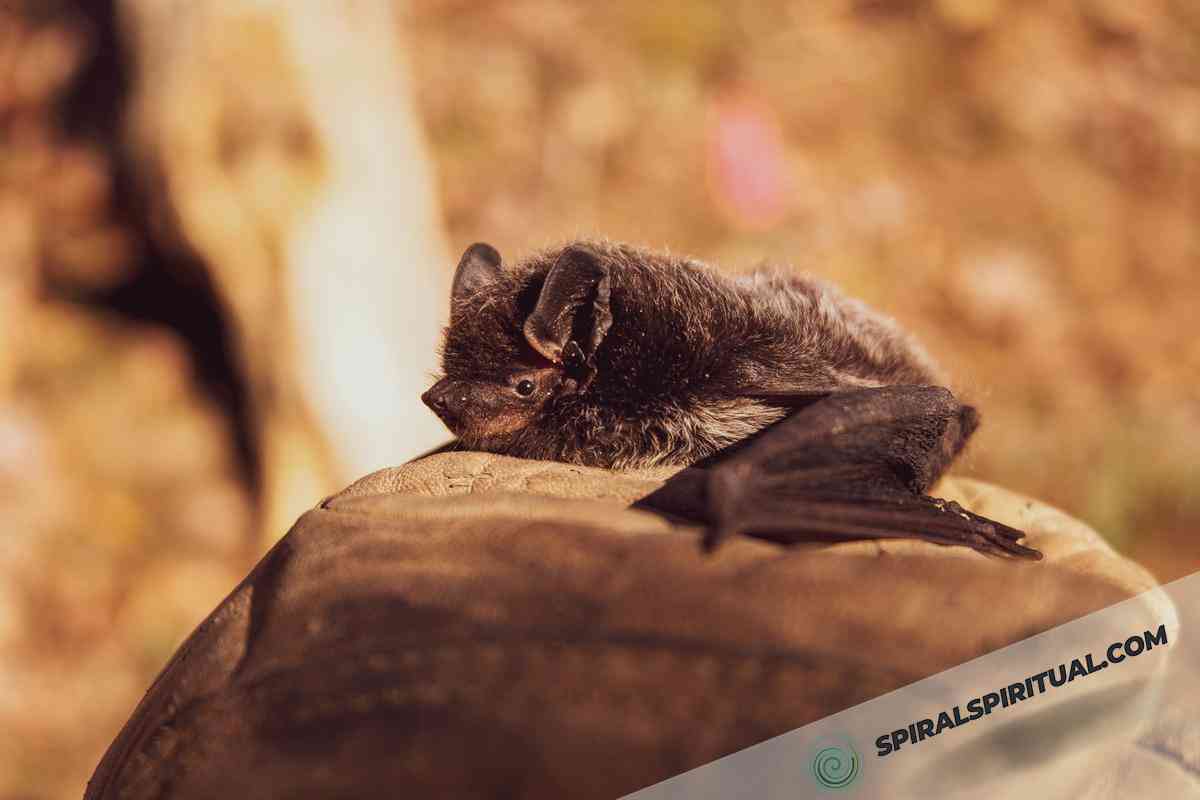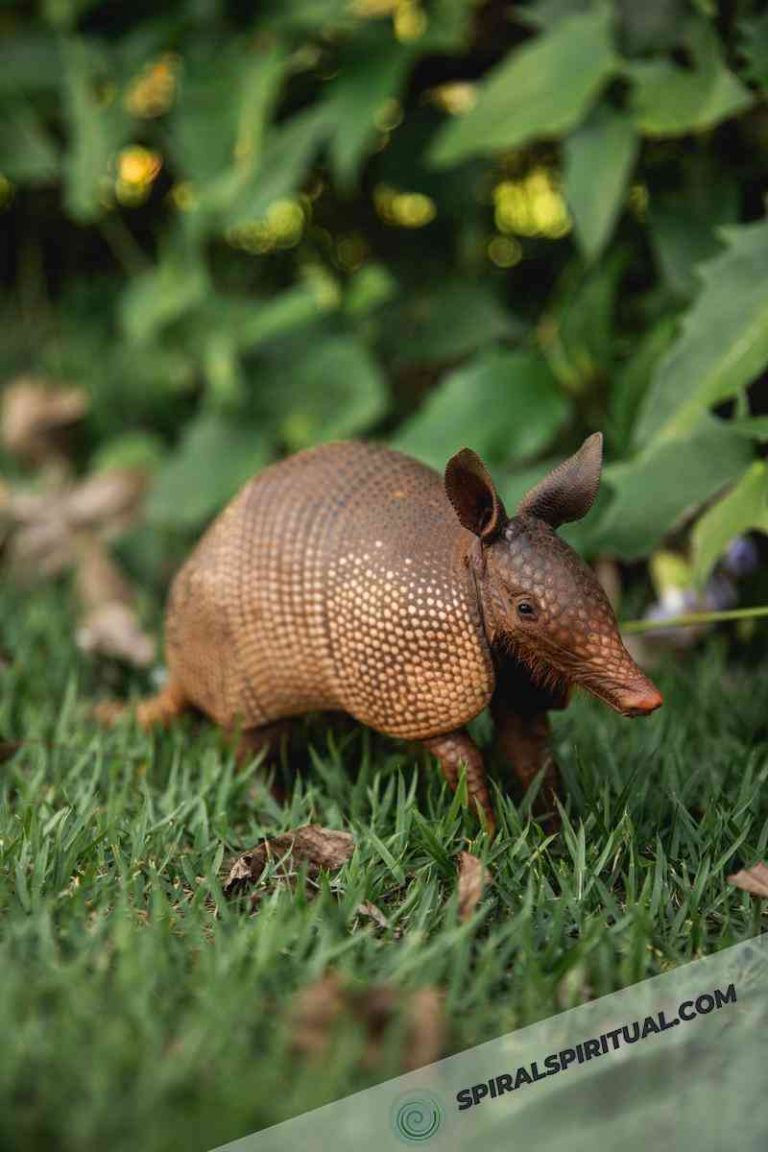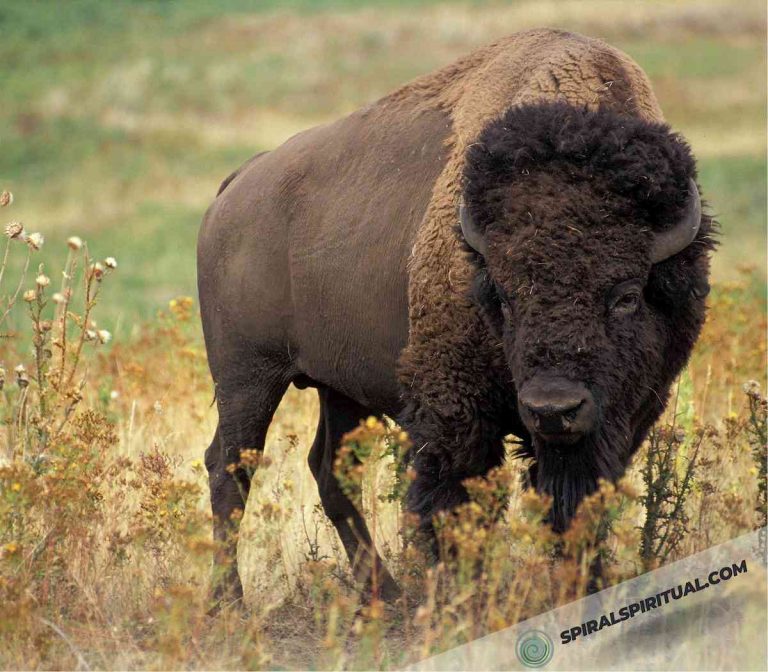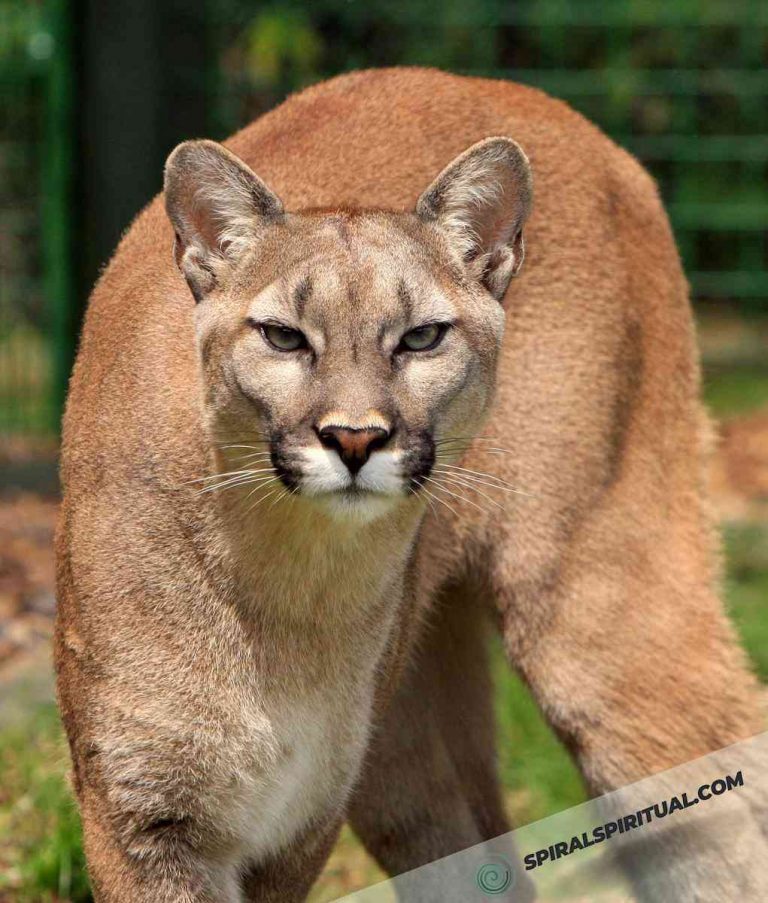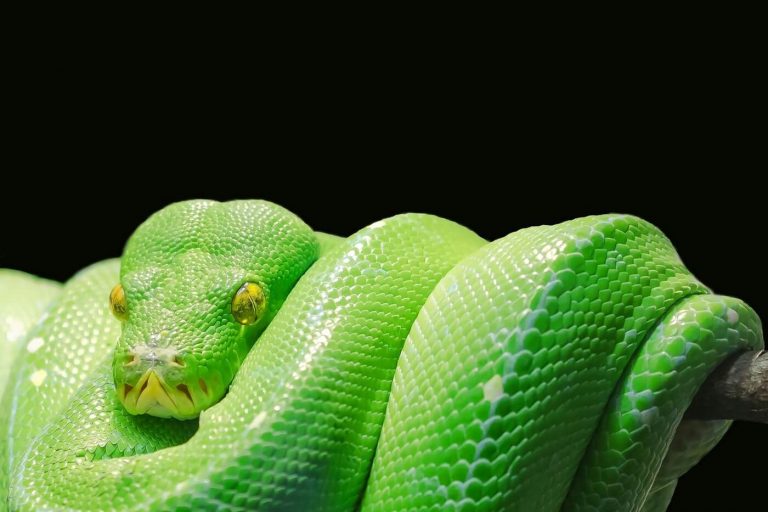Last Updated on November 2023
According to Carl Jung, a prominent psychologist, bats symbolize rebirth and change. They represent the process of letting go of the old to make way for the new, as well as navigating the darkness and the unknown. Jung believed that bats embody our ability to embrace transformation and develop a deeper understanding of ourselves.
- Bats symbolize rebirth and change.
- They represent the process of letting go of the old to make way for the new.
- Bats also symbolize navigating the darkness and the unknown.
- According to Jung, bats embody our ability to embrace transformation and develop a deeper understanding of ourselves.
5 Spiritual Meanings Behind the Bat
One evening, as I sat with my friend Sarah under a starlit sky, she shared an intriguing experience she had with bats. She recounted how, during a challenging phase in her life, she repeatedly encountered bats, seeing them as a symbol of resilience and transformation. For Sarah, bats represented the courage to embrace change and let go of old patterns. Inspired by their symbolism, she found the strength to overcome obstacles and embark on a path of personal growth.
The bat holds various spiritual meanings that transcend cultural boundaries. Firstly, it symbolizes rebirth and transformation. Just as the bat emerges from its cocoon-like dwelling at night, it represents the ability to let go of the past and embrace new beginnings.
Secondly, the bat embodies intuition and perception. Its exceptional sense of echolocation highlights the importance of trusting one’s inner voice and developing heightened awareness.
Thirdly, the bat represents the darkness and the unknown. As it soars through the night sky, it reminds us to confront our fears, explore the depths of our subconscious, and find enlightenment within the shadows.
Fourthly, the bat exemplifies adaptability and change. By effortlessly maneuvering in flight and adapting to different environments, it teaches us the importance of flexibility and embracing life’s transitions.
Lastly, the bat symbolizes mystery and the hidden realms. With its association to the night, it encourages us to delve deeper into our spiritual journey, uncover the hidden truths, and explore the mystical aspects of life.
- The bat symbolizes rebirth and transformation.
- It embodies intuition and perception.
- The bat represents the darkness and the unknown.
- It exemplifies adaptability and change.
- The bat symbolizes mystery and the hidden realms.
The Symbolism of Bat in Different Cultures
The symbolism of the bat exhibits intriguing variations across diverse cultures. In Chinese mythology, bats are regarded as auspicious symbols of good fortune and prosperity. The word for bat, “fu,” shares a phonetic similarity with the word for “good fortune” in Chinese, hence its positive connotations.
In Native American cultures, the bat assumes the role of a nocturnal guardian and a spiritual guide to the unknown realms. It symbolizes intuitive abilities, transitions, and initiation, drawing connections between the bat’s adeptness in darkness and the exploration of one’s subconscious.
Conversely, Western cultures often associate bats with darkness, fear, and superstition, influenced by their portrayal in folklore as creatures tied to vampirism and witchcraft.
These contrasting interpretations underscore the subjective and multifaceted nature of symbolism, wherein societal beliefs and collective imagination shape perceptions. Explored through various lenses, the symbolism of the bat unveils the rich tapestry of cultural perspectives throughout history.
- In Chinese mythology, bats are regarded as auspicious symbols of good fortune and prosperity.
- In Native American cultures, the bat assumes the role of a nocturnal guardian and spiritual guide.
- Conversely, Western cultures often associate bats with darkness, fear, and superstition.
Bat Color
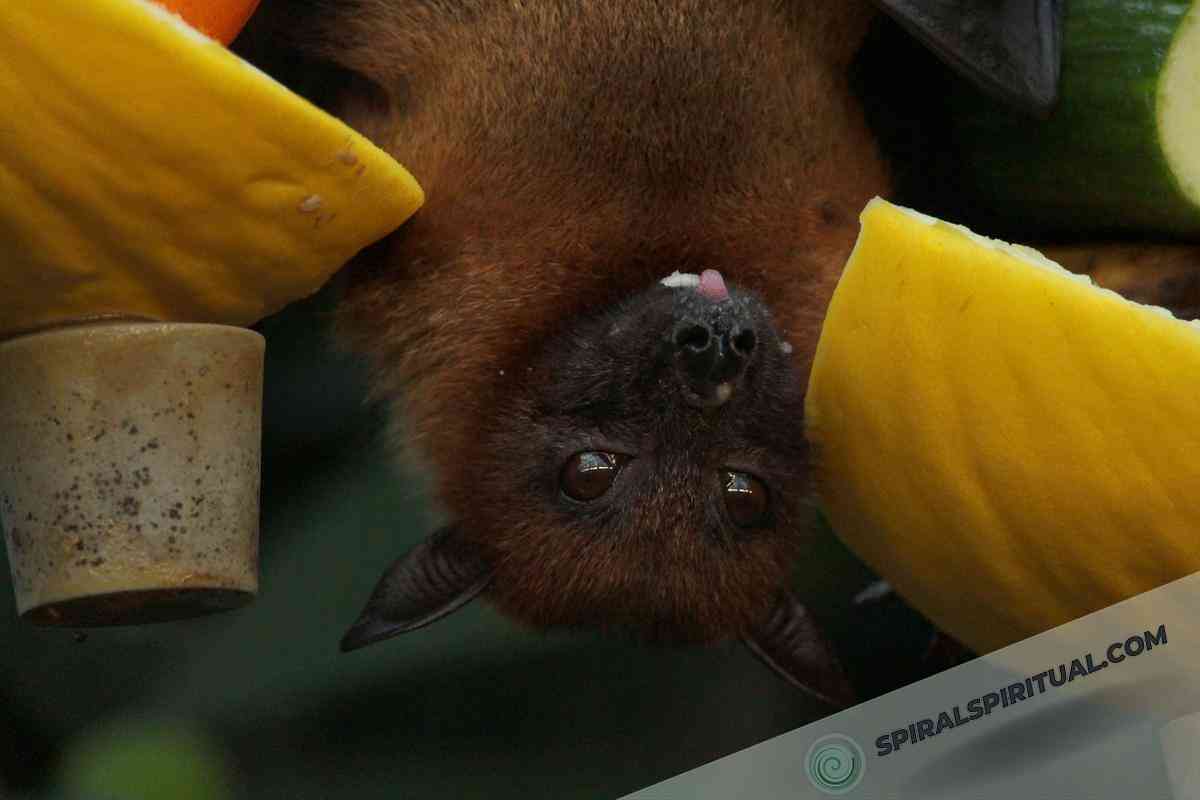
Bats are fascinating creatures often associated with various symbolism and spiritual meanings. Different cultures and belief systems attribute different significance and interpretations to the color of bats. While there may be variations in interpretations, some common beliefs about the color of bats can be explored.
| Color | Symbolism |
|---|---|
| Black | Black is often associated with mystery, darkness, and the hidden realms. In many cultures, it is believed that black bats symbolize the depths of the unconscious mind, the unknown, and the unseen. |
| White | White is often associated with purity, innocence, and spirituality. White bats may symbolize spiritual awakenings, divine guidance, and purity of intentions. |
| Red | Red is commonly associated with passion, power, and energy. Red bats can symbolize intense emotions, vitality, and the fire within. |
| Brown | Brown is often associated with earthiness, stability, and grounding. Brown bats may symbolize the connection to the physical world, the need for stability, and the grounding of energies. |
| Gray | Gray is often associated with neutrality, wisdom, and balance. Gray bats may symbolize the need for adaptability, a balanced approach to life, and wisdom gained from experiences. |
| Yellow | Yellow is commonly associated with joy, intellect, and optimism. Yellow bats may symbolize the pursuit of knowledge, happiness, and a sunny disposition. |
It is important to note that interpretations and beliefs surrounding the color of bats may vary across different cultures, spiritual practices, and personal perspectives. This table represents some of the most frequently mentioned associations and should not be considered exhaustive or universally applicable. Understanding the symbolism of the color of bats can provide insights into the diverse interpretations attributed to these fascinating creatures.
Is a Bat a Good Omen?
Some people choose to keep bats as pets because they believe they bring good omens. They view bats as creatures that symbolize positive traits such as mystery, intuition, and adaptability. These individuals often appreciate the mystical aura surrounding bats and believe that having them as pets can attract good fortune and protection. Additionally, bats are recognized for their role in controlling insect populations, which further adds to their perceived benefits as pets. However, it is important to note that keeping bats as pets requires specialized care, so it is essential to research and consult with experts before considering such a commitment.
If They’re Appearing in Your Dreams
Dreams involving bats can hold various interpretations and symbolism. According to dream experts, bats in dreams often represent transformation, intuition, and the need to confront one’s fears or hidden desires. The presence of a bat may indicate a pending change or transition in one’s life, urging the dreamer to be open to new possibilities. Author Ann Faraday, in her book “The Dream Game,” states,
The bat symbolizes the bringing of the vital energies of the unconscious into one’s conscious awareness.
This suggests that dreaming of a bat can serve as a reminder to explore and integrate suppressed aspects of oneself. However, dreams are subjective and can hold personal meanings, so it is essential to consider one’s unique context and emotions associated with the dream.
If You See a Dead Bat
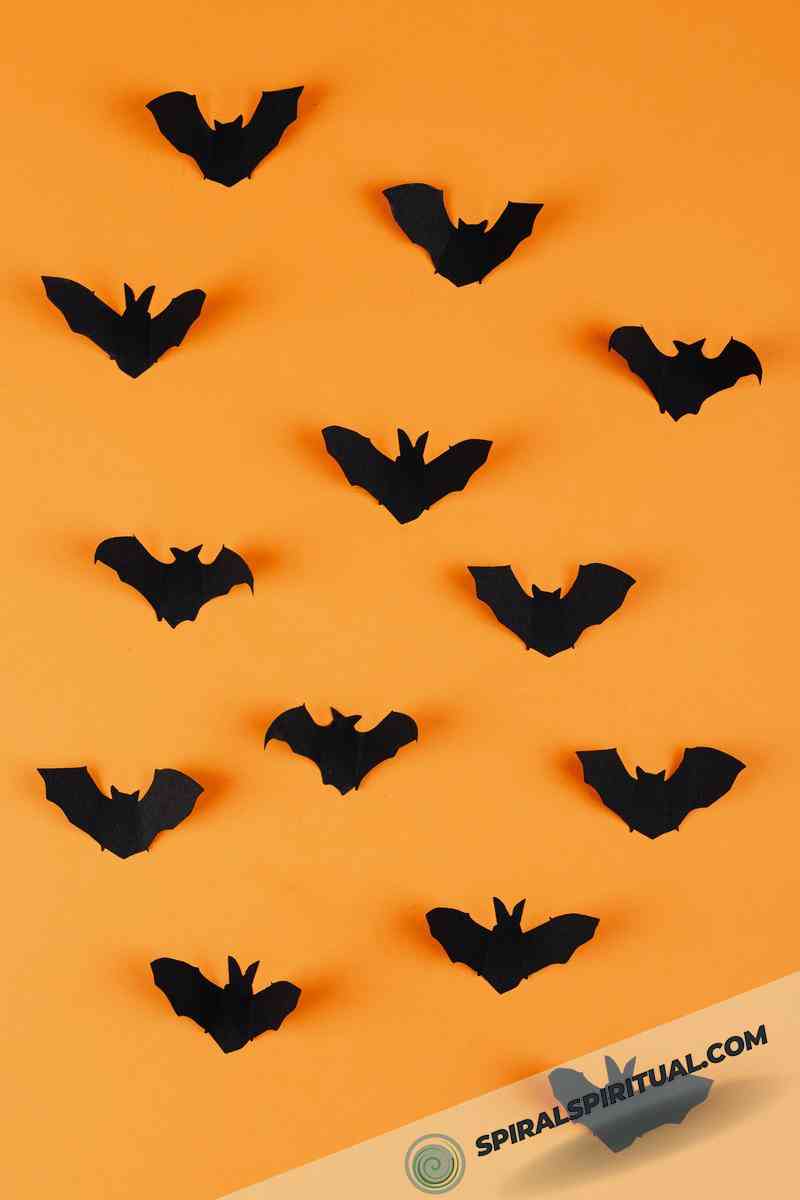
If you see a dead bat in your dream, it can suggest the end of a particular phase or aspect of your life, according to dream experts. It may symbolize the release of old beliefs, habits, or relationships that no longer serve you. The presence of a dead bat can signify the need to let go and embrace change.
To Wrap it Up
In exploring the spiritual symbolism of bats, we have traversed various cultures, colors, and the realm of dreams. Across different belief systems, bats emerge as potent symbols embodying transformation, intuition, and hidden desires. Their appearance in dreams indicates the stirring of unconscious energies. As we delve deeper into the multifaceted meanings associated with bats, we unveil a fascinating tapestry of interconnectedness, inviting us to:
- Embrace change
- Confront fears
- Unravel the mysteries shrouding our own souls
References
Here is the literature that was used for writing this article:
- “Animal-Speak: The Spiritual & Magical Powers of Creatures Great & Small” by Ted Andrews
- “Animal Spirit Guides: An Easy-to-Use Handbook for Identifying and Understanding Your Power Animals and Animal Spirit Helpers” by Steven D. Farmer
- “The Witch’s Book of Spirits” by Phyllis Curott
- “The Symbolism of the Bat in the Culture of the United States” by Alice Evelyn Wilson

